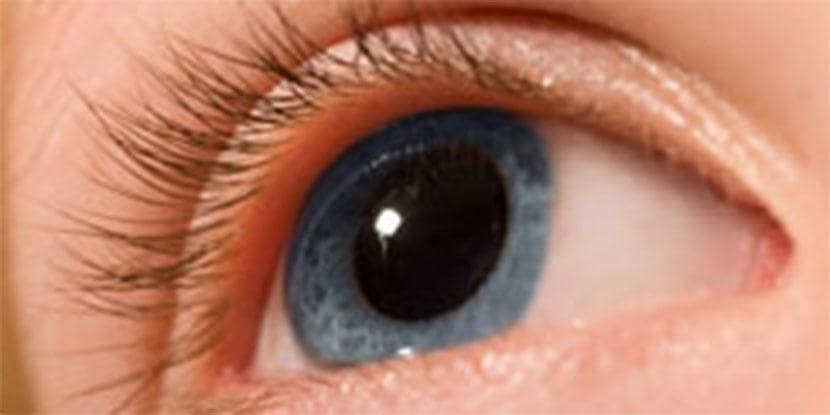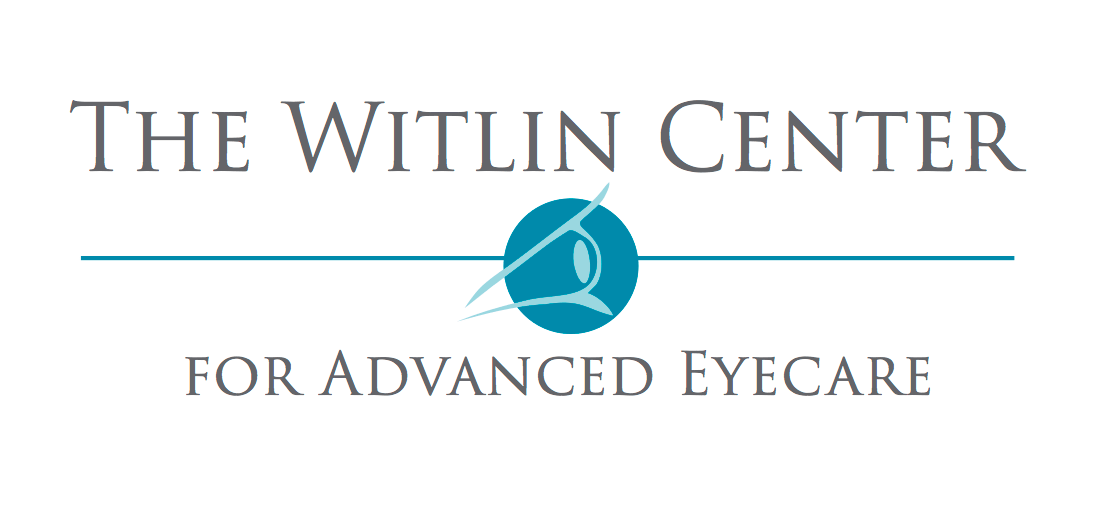
02 May What Are the Warning Signs of Keratoconus and How Can It Be Treated?
Keratoconus is a rare eye condition, affecting about 1 in every 2,000 people. Keratoconus, also called KC, first affects young people in their late teens or early 20s. The disease may progress for about 10 years or more and may stabilize at that point.
There is no known cause for keratoconus, although there may be a genetic connection since about 1 in 10 people with keratoconus also have a parent with the condition. Environmental factors, aggressive eye rubbing, and allergies may also be a factor in developing keratoconus.
People with certain conditions such as Down syndrome, retinitis pigmentosa, and Ehlers-Danlos syndrome have an increased risk for developing keratoconus.
What is keratoconus?
Keratoconus is a condition when the cornea, which is the thin, clear dome-shaped layer in the front of your eye, thins and protrudes, creating an irregular, cone-like shape that affects your vision. Usually both eyes are affected.
In the early stages of keratoconus, your vision problems can usually be corrected with glasses or contact lenses. But as the condition progresses, you may need to move on to other treatment options.
What are the warning signs and symptoms of keratoconus?
In the early stages, signs of keratoconus include blurred or distorted vision. Other symptoms may include:
- Light sensitivity
- Problems with glare and night driving
- Eye strain
- Eye irritation
- Eye redness or swelling
- Cloudy vision
- Headaches and eye pain
Treatment options for keratoconus
Prescription glasses or contact lenses may help in the early stages of the disease. But often with keratoconus, frequent prescription changes are common as your vision worsens. Eventually, prescription glasses or contacts don’t help or may become too uncomfortable as your cornea bulges and changes shape.
When glasses can’t help, other treatment options include:
Intacs® corneal implants
These devices are small curved implants. The eye care professionals at Witlin Center for Advanced Eyecare surgically insert Intacs around the central cornea to help reshape the tissue from a cone shape to a more natural dome shape.
Cross-linking
This procedure strengthens weakened tissues with a special ultraviolet light and vitamin B2 eyedrops to stimulate the collagen present in the cornea. This process helps flatten or stiffen your cornea to prevent it from bulging further.
Corneal transplant
For advanced keratoconus, your Witlin Center eye doctor can replace part or all of your cornea with healthy donor cornea tissue.
For more information about symptoms, diagnosis, and treatment for keratoconus, call the Witlin Center for Advanced Eyecare serving East Brunswick, Toms River, and Morristown, New Jersey.


Sorry, the comment form is closed at this time.